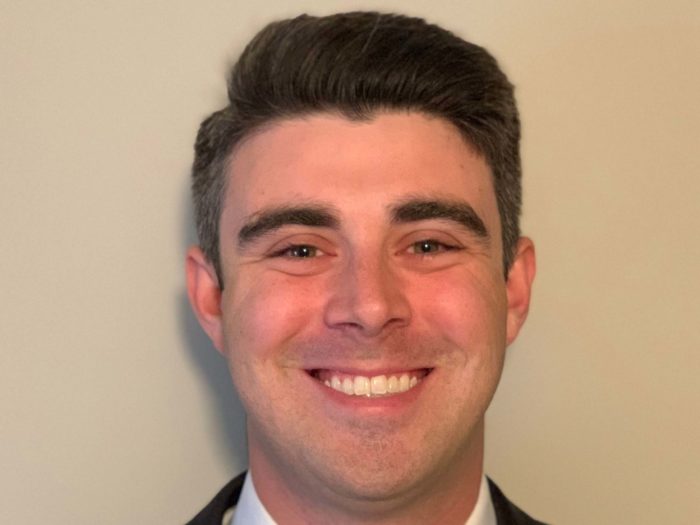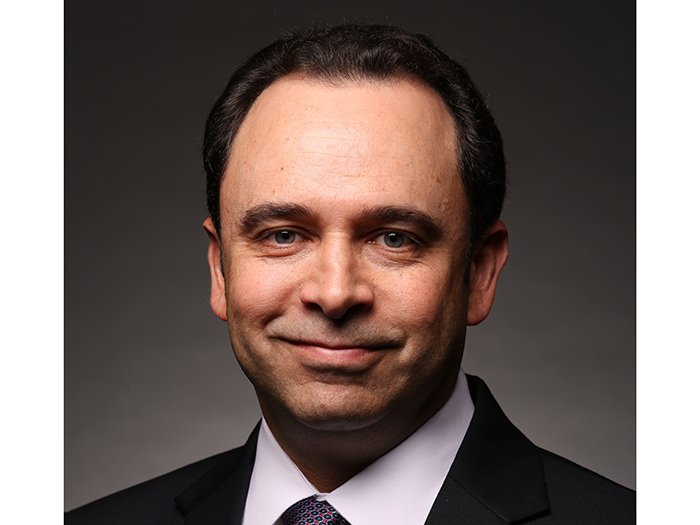Rising Star Edward Shaara Outlines What It Takes to Insure Today’s Entertainment Industry Risks


Come see the Stars! As part of our ongoing coverage of the best brokers in the commercial insurance space, Risk & Insurance®, with the sponsorship of Philadelphia Insurance, is expanding its coverage of the Rising Stars — those brokers who represent the next wave of insurance brokering talent.
Look for these expanded profiles on the Risk & Insurance website and in your social media feeds now and continuing into 2023.
Here’s a look at Edward Shaara, account manager, Risk Strategies, and a 2022 Entertainment Power Broker finalist and Rising Star.
Risk & Insurance: What inspired you to specialize in providing risk management support for the entertainment industry?
Edward Shaara: Risk Strategies was my first opportunity with entertainment. I’ve been with the team now just over five years. When they reached out and said, “Hey, we have this opportunity in entertainment. It’s something different. Do you want to hear more about it?” it was something that caught me right away.
Entertainment just seemed faster paced. Every day, it’s something new; it’s a new challenge. It’s not that fits-in-a-box kind of risk. You have to be more creative, more open thinking.
About five minutes into the interview, I learned about what they were doing and what projects were going on, and I was like, “Okay, how do I start? How do I commit right now?” So it was something that I viewed as a challenge, but it was something that I wanted to take on.
I grew up in insurance. My father’s in [the] insurance business. My uncle is; my grandfather was.
Insurance can be viewed with a negative connotation. That’s something I’ve always wanted to change. I want my clients to view my services and the solutions I offer as an extension of their operations and a partner with them.
Anytime something pops in their head, or keeps them up at night, I want my clients to call me 24/7. Whatever’s going on, I’m happy to be there for them.
R&I: How do you maintain consistency in your work given the constant project changes brought to you by your clients with rapidly changing needs?
ES: You’ve got to be constantly available, have open communication and set realistic expectations. The entertainment space is made of a lot of creative individuals, and they’re always looking to change things or push the boundaries or get that next “wow” moment.
So just being open with them and talking and constantly being in their ear — not to be a roadblock, because we never want to be a roadblock, but to be their partner and get creative to get to completion.
Sometimes you have to have hard conversations with your client: “This looks like it could be challenging,” or “This is going to take a couple of days to get approval, so we really need to get this information sooner than later.” Obviously, that’s not always available, or possible, so we do what we can. But just being open and having a constant flow of communication with your client is very important.
R&I: How have recent security and safety incidents on film sets and at concerts impacted your ability to secure insurance coverage for your clients?
ES: Carriers have really increased their underwriting standards and what it takes to get items approved: stunts, hazardous activities, pyro, use of guns and weapons.
Because it takes longer to get things approved, it’s important to be able to forecast what questions underwriters are going to look for when we have certain types of activities. And being able to get the client to provide them upfront, so that way, if it’s a short fuse or something, to be able to present it to the carrier and say, “Hey, this is what’s going on. Here’s all the safety protocols in place. Let us know if you need anything.” Try to cut down on the back and forth.
There’s a lot of new people in the entertainment space today. Coming out of COVID, production is at an all-time high. With that comes a lot of people who aren’t as experienced.
So, you get, sometimes, armorers, pyro technicians, stunt coordinators, who [are] a little more green or new to n this space. Carriers are really looking at their resumes and past experiences. When things get approved, sometimes loss control has to get involved to access the situation and provide a a certain level of comfort with the carrier before they’re going to approve something.
R&I: What can be done to help your clients prepare for potentially tighter entertainment safety protocols being considered by U.S. Congress?
ES: The sooner you can get us involved the better. Sometimes things come down to the wire, or they get on set and say, “Hey, we want to do this now,” or “We think this would be much cooler, or better for our creative.” But the sooner, the better.
We like to try to get involved in the creative and planning phase, highlight some points that, “Hey, this might be challenging. This might take some time. You really want to make sure that the pyro technician, let’s say, has a lot of experience.”
We’re looking at things like making sure everybody’s covered for workers’ compensation and the safety protocols in place, because that’s really where carriers are digging in these days.
Unfortunately, in situations where there are liability claims and people are getting injured, that’s really what they’re trying to avoid, at the end of the day. So being able to forecast what they want to see, and safety protocols and things of that nature are really what we’re trying to focus on right now.
R&I: Have there been any carriers that have really impressed you in their ability to provide very tailored coverage solutions for your clients?
ES: Maintaining relationships with carriers has been very important right now, especially coming out of COVID. There [are] really only three or four admitted carriers that are willing to quote feature film or television right now.
Carriers kind of understand that they need to stay creative. And the carriers that are staying more old school and by the book aren’t getting the business as much — maybe that’s for their own safety and their own comfort levels.
So it’s a stressful time for us, but we do [our] best in maintaining relationships with our carriers and underwriters.
R&I: It seems as though creatives have drawn out even more creativity in their work since the onset of the pandemic. What have been some especially creative solutions in terms of insurance coverage and risk mitigation that you’ve tapped into over the past year?
ES: Clients in feature film, especially, are trying to get casts, where it’s significant number of A-list talent. Obviously, schedules for all of these individuals are tough. Stop dates have become very challenging.
On one film we recently had, I believe it was close to 20 A-list talent. Carriers don’t want to provide coverage for that many individuals. They’re typically trying to provide somewhere between 12 and 14, at most. Once you get to that level of extra expense — coverage for 20 individuals — it almost becomes unfeasible from a budget perspective.
So we worked with the carrier. We got them to agree to a rolling cast log where certain individuals, if they were on the first couple weeks of the film, would be covered. But then once their involvement in the project was done, they came off the log. And then the individuals for the next three weeks of the film would get to be added on. So instead of paying for 20 cast spots, the client only really had to pay for 10 or 12.
Carriers don’t like to do that. But in certain situations where it’s 20 top-tier professionals, they have to work with us a little bit. There, obviously, was some premium involved, but significantly cheaper than having paid for full 20 A-list individuals.
At the end of the day, everybody was happy with the agreement and the partnership that came together on that one. But again, most of the carriers who are staying in this space right now are really open to creative ideas, because they know if they’re not going to do it, someone else is going to get the business. &










